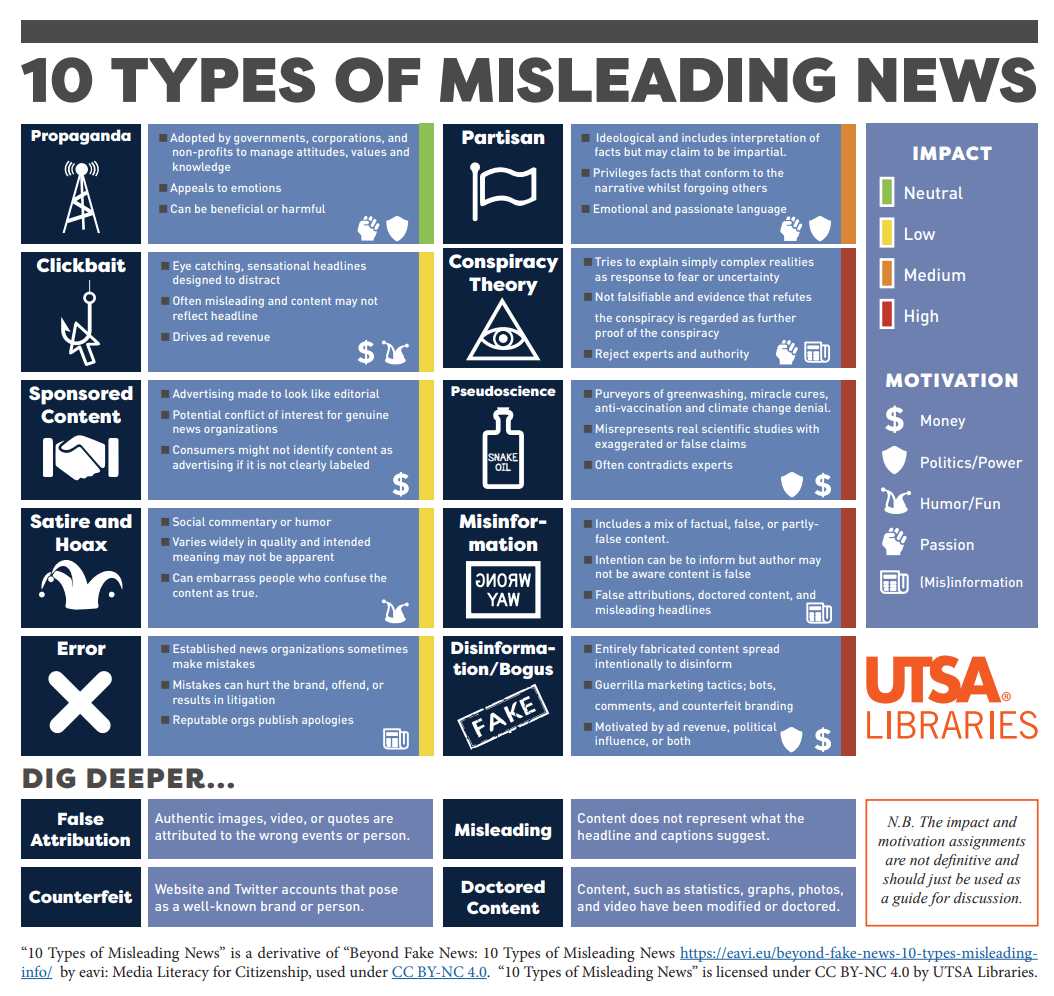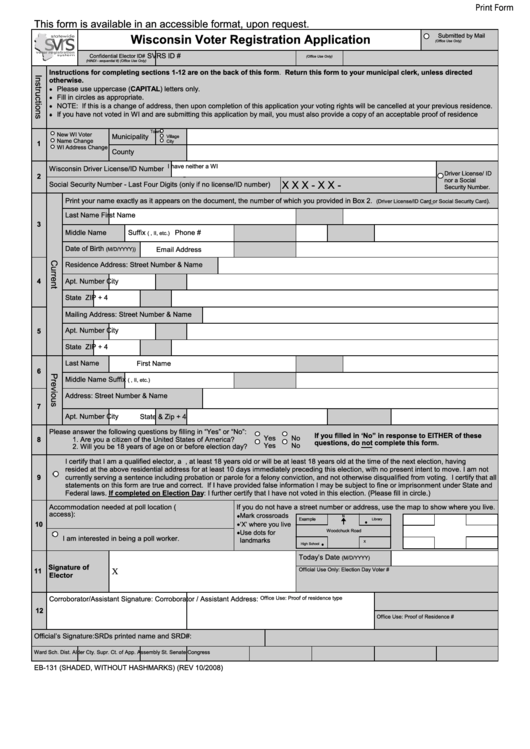Understanding Misinformation: CNN Experts On Persuasion And Fact-Checking

Table of Contents
Misinformation, disinformation, and malinformation are often used interchangeably, but there are key differences. Misinformation refers to false or inaccurate information spread unintentionally. Disinformation is deliberately false or misleading information spread with malicious intent. Malinformation is sharing true information with malicious intent to cause harm. This article focuses primarily on misinformation and the persuasive techniques used to spread it. CNN, a globally recognized news organization, has dedicated significant resources to combating misinformation, leveraging the expertise of their journalists and fact-checkers to provide reliable information and analysis.
The Psychology of Persuasion and Misinformation
Understanding how misinformation spreads requires delving into the psychology of persuasion. Our brains are susceptible to cognitive biases that make us vulnerable to misleading narratives.
Cognitive Biases that Make Us Susceptible to Misinformation
Cognitive biases are systematic errors in thinking that affect our decisions and judgments. These biases are often exploited by those spreading misinformation.
- Confirmation Bias: We tend to favor information that confirms our existing beliefs and reject information that contradicts them. Misinformation campaigns often target this bias by presenting information that resonates with pre-existing views.
- Availability Heuristic: We overestimate the likelihood of events that are easily recalled, often because they are emotionally charged or have been widely publicized. Misinformation campaigns leverage this by making false information highly memorable and emotionally resonant.
- Bandwagon Effect: We are more likely to believe something if many others do. Misinformation campaigns exploit this by creating a false sense of consensus around a false narrative.
Research from the University of Cambridge has shown a strong correlation between exposure to misinformation and the strengthening of pre-existing beliefs, highlighting the power of confirmation bias in the spread of false narratives.
Persuasive Techniques Used in Spreading Misinformation
Beyond cognitive biases, specific persuasive techniques are employed to spread misinformation effectively.
- Emotional Appeals: Misinformation often plays on our emotions – fear, anger, outrage – to bypass critical thinking. Sensational headlines and emotionally charged language are common tactics.
- Framing Effects: How information is presented significantly impacts our perception. Misinformation campaigns carefully frame narratives to elicit a desired response.
- Misleading Visuals: Images and videos can be manipulated or taken out of context to support a false narrative. Deepfakes and other forms of manipulated media are increasingly sophisticated.
For example, the spread of anti-vaccine misinformation often utilizes emotional appeals, focusing on fear of side effects while downplaying the risks of contracting the disease. This is often coupled with misleading visuals and testimonials, further reinforcing the false narrative.
Identifying and Deconstructing Misinformation
Becoming adept at identifying misinformation is crucial. Learning to spot red flags and employing effective fact-checking techniques empowers us to combat the spread of false narratives.
Recognizing Red Flags of Misinformation
Several warning signs can indicate unreliable sources and manipulative content.
- Sensational Headlines: Clickbait-style headlines often aim to grab attention rather than inform accurately.
- Lack of Evidence: Claims lacking supporting evidence or relying solely on anecdotal accounts should be viewed with skepticism.
- Biased Language: Highly charged or emotionally manipulative language can be a sign of biased reporting.
- Anonymous Sources: Information from unnamed sources is inherently less credible and should be treated with caution.
- Suspicious URLs and Domains: Websites with unusual or poorly constructed URLs might be attempting to disguise their true nature.
A simple checklist when evaluating online information includes: Who is the source? What is their motivation? Is the information supported by credible evidence? Does the information align with what you know from other trusted sources?
Fact-Checking Techniques and Resources
Effective fact-checking involves several steps.
- Source Verification: Determine the source's credibility, including its reputation, expertise, and potential biases.
- Cross-Referencing: Compare information from multiple sources to identify inconsistencies or contradictions.
- Evaluating Evidence: Assess the quality and relevance of the evidence presented to support claims.
Reputable fact-checking websites, such as Snopes, PolitiFact, and FactCheck.org, provide valuable resources for verifying information and identifying misinformation campaigns.
The Role of Media Literacy in Combating Misinformation
Developing strong media literacy skills is essential for navigating the complex information landscape.
Developing Critical Thinking Skills
Critical thinking is the cornerstone of media literacy. It involves evaluating sources, identifying biases, and assessing the credibility of information.
- Question Everything: Approach information with healthy skepticism, and don't accept claims at face value.
- Identify Biases: Be aware of your own biases and the biases of the sources you consult.
- Consider Multiple Perspectives: Seek out diverse perspectives to gain a more complete understanding of an issue.
Practicing these skills helps you develop a more discerning approach to the information you consume.
The Importance of Diverse and Reliable News Sources
Relying on a single news source, particularly one that confirms your existing beliefs, creates an echo chamber that reinforces biases and makes you more susceptible to misinformation.
- Diversify Your News Consumption: Consult multiple news sources with different perspectives to get a well-rounded view of events.
- Prioritize Reputable Sources: Favor established news organizations with a track record of accuracy and journalistic integrity.
Choosing diverse and reliable news sources ensures you receive a more comprehensive and balanced understanding of events, reducing your vulnerability to misinformation.
Conclusion: Understanding and Combating Misinformation
Understanding misinformation involves recognizing the psychological factors that make us vulnerable, learning to identify red flags of unreliable information, and utilizing effective fact-checking techniques. Developing strong media literacy skills, including critical thinking and the ability to evaluate sources, is crucial in fighting misinformation. By actively engaging in critical thinking, utilizing fact-checking resources, and consulting diverse reliable news sources, we can become more informed citizens and effectively combat the spread of misinformation. Subscribe to our newsletter for more tips on detecting misinformation and stay informed about the latest techniques used to spread false narratives. Together, we can build a more informed and resilient society by understanding and combating misinformation.

Featured Posts
-
 The Airbus Tariff And Its Effect On Us Airlines
May 02, 2025
The Airbus Tariff And Its Effect On Us Airlines
May 02, 2025 -
 Riot Fest 2025 Green Day Weezer And More Announced
May 02, 2025
Riot Fest 2025 Green Day Weezer And More Announced
May 02, 2025 -
 Remembering Ted Kotcheff Director Of Rambo First Blood 1982
May 02, 2025
Remembering Ted Kotcheff Director Of Rambo First Blood 1982
May 02, 2025 -
 Confirmed Lara Croft Coming Back To Fortnite Soon
May 02, 2025
Confirmed Lara Croft Coming Back To Fortnite Soon
May 02, 2025 -
 Saturdays Tulsa Storm Report Damage To Aid National Weather Service Tracking
May 02, 2025
Saturdays Tulsa Storm Report Damage To Aid National Weather Service Tracking
May 02, 2025
Latest Posts
-
 Abu Jinapor Npps Unexpected 2024 Election Defeat
May 02, 2025
Abu Jinapor Npps Unexpected 2024 Election Defeat
May 02, 2025 -
 Understanding The Implications Gop Candidate Appeals North Carolina Supreme Court Decision
May 02, 2025
Understanding The Implications Gop Candidate Appeals North Carolina Supreme Court Decision
May 02, 2025 -
 Gop Candidates North Carolina Supreme Court Appeal What It Means
May 02, 2025
Gop Candidates North Carolina Supreme Court Appeal What It Means
May 02, 2025 -
 Analyzing The 2024 Election Key Insights From Florida And Wisconsin Voter Turnout
May 02, 2025
Analyzing The 2024 Election Key Insights From Florida And Wisconsin Voter Turnout
May 02, 2025 -
 Newsround Viewing Guide Bbc Two Hd Channel
May 02, 2025
Newsround Viewing Guide Bbc Two Hd Channel
May 02, 2025
